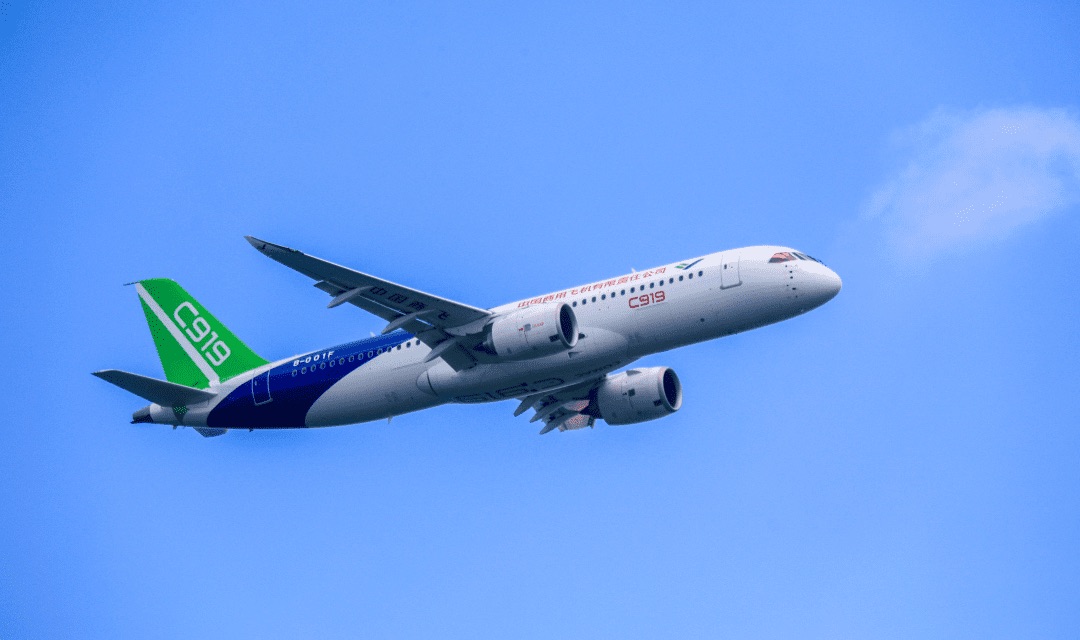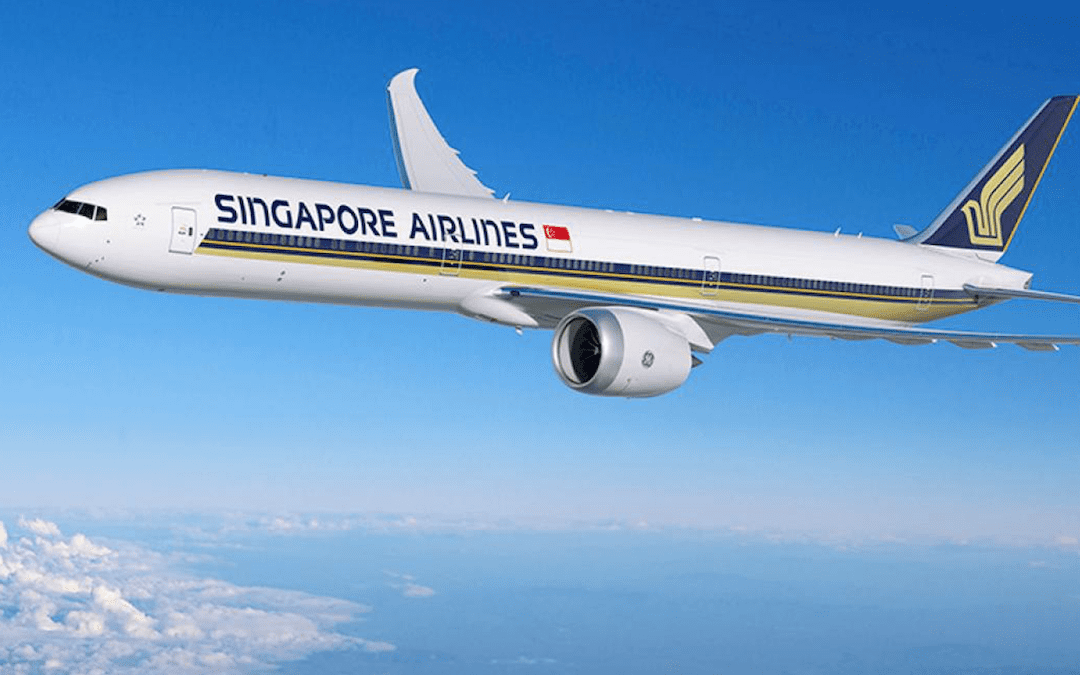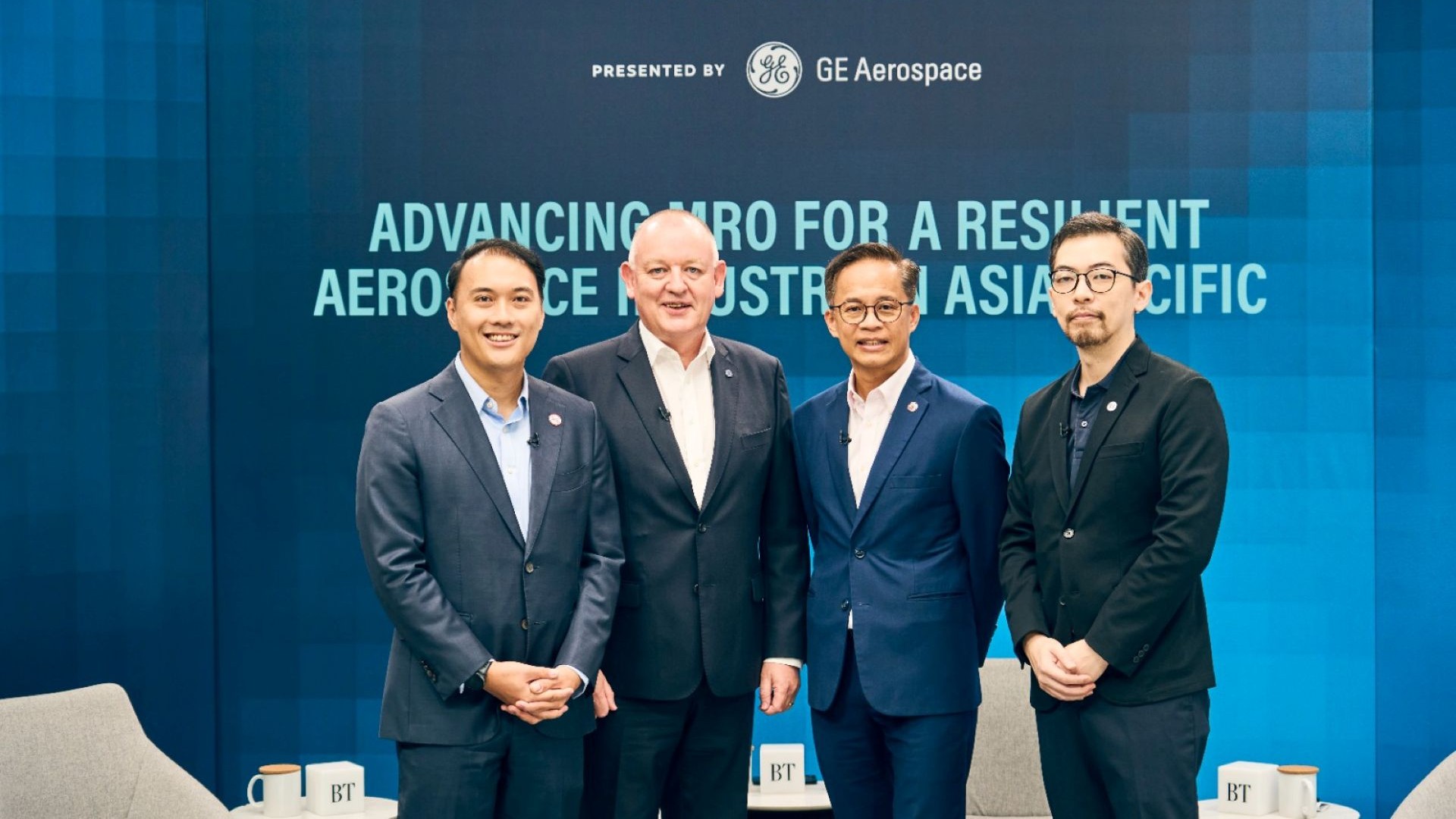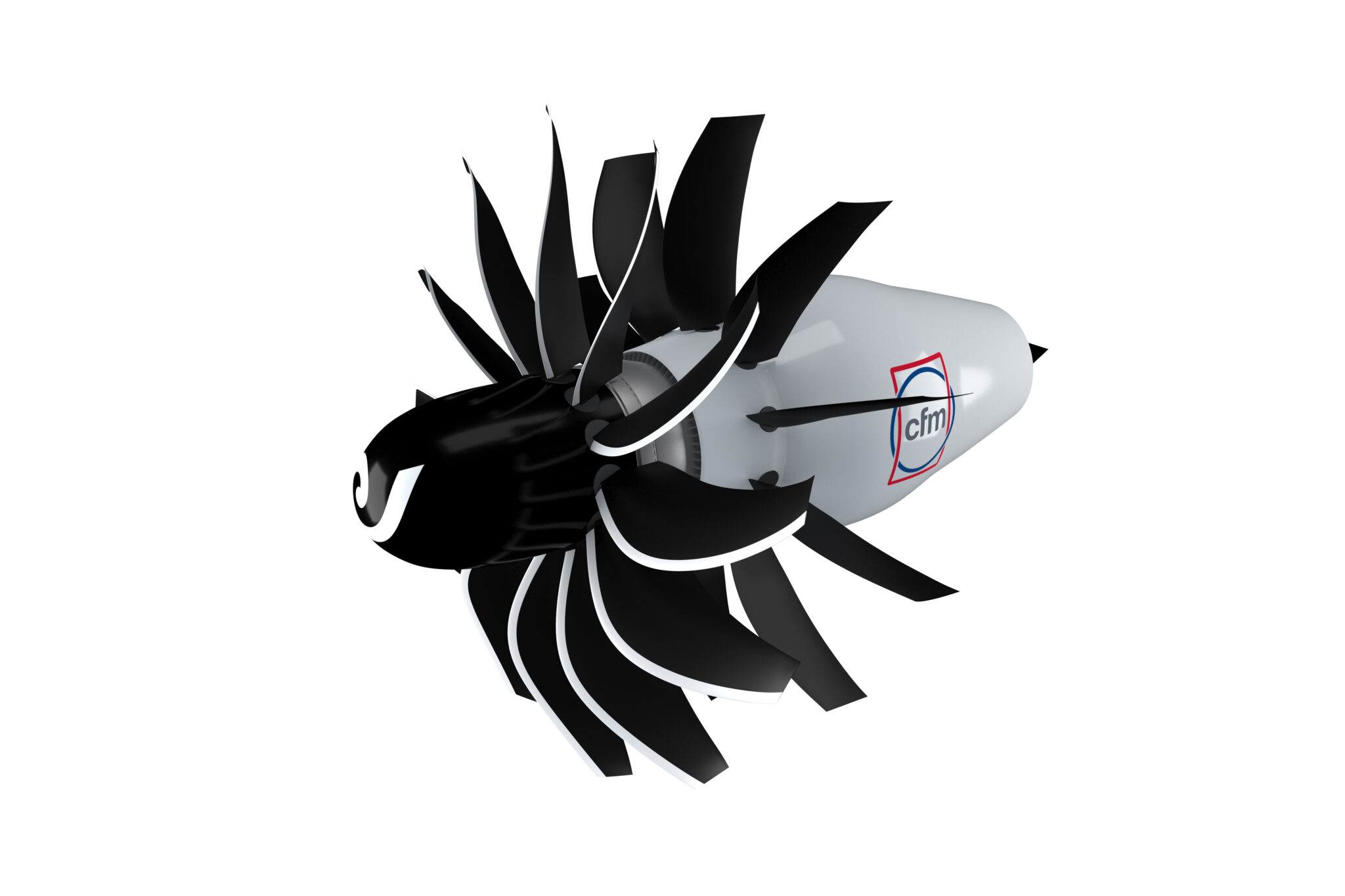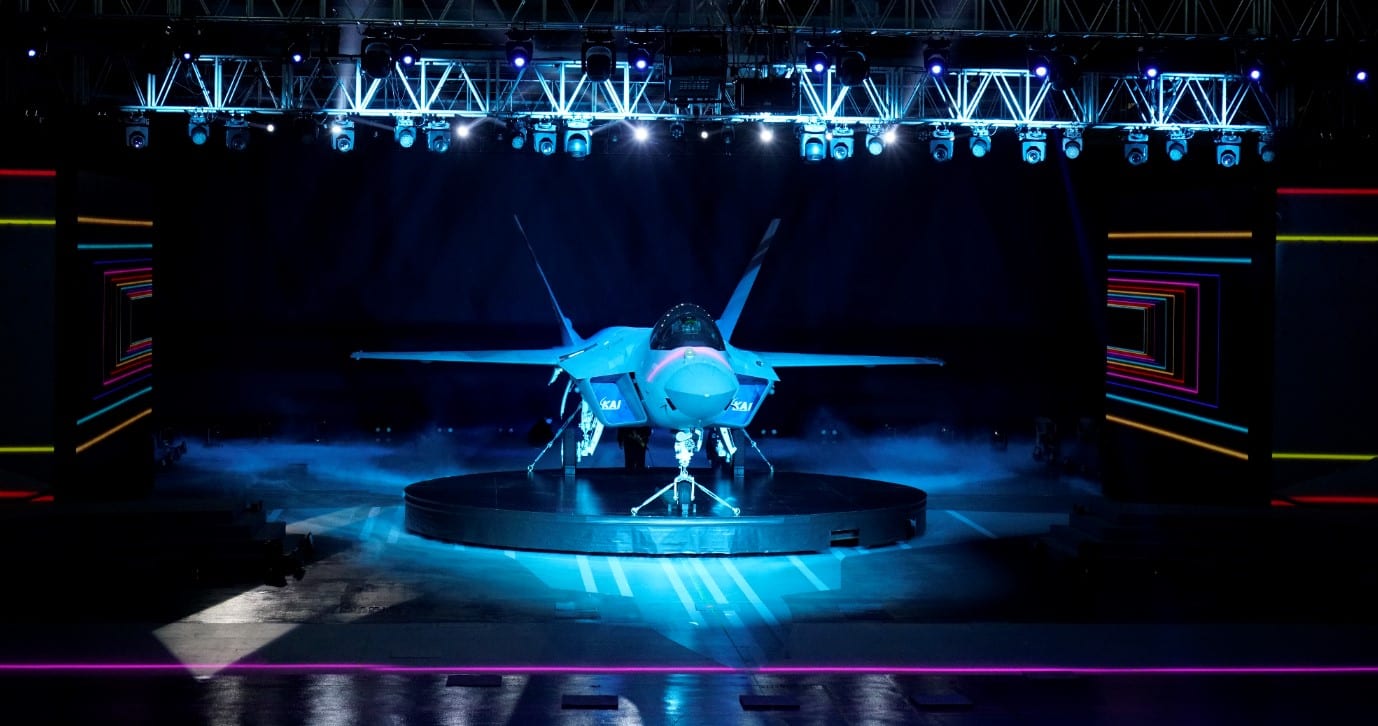Forging Partnerships in the Sky: GEnx Engine Celebrates Five Million Flight Hours in Japan
October 14, 2025 | by GE Aerospace Staff
Just as time improves knowledge, craft, and expertise, it also helps to forge closer relationships.
This is the case in Japan, where the GEnx engine family recently surpassed five million flight hours, marking a new partnership and performance milestone in the local aviation market.
“Reaching five million engine flight hours in Japan underscores the GEnx engine’s proven reliability and safety record, as well as the deep trust placed in GE Aerospace by our airline partners — including Japan Airlines (JAL), All Nippon Airlines (ANA), and Nippon Cargo Airlines (NCA),” said Katsuya Okano, general manager of North Asia and the Pacific for GE Aerospace’s Commercial Engines and Services business. “From the very first GEnx-powered flight by Japan Airlines to today’s growing fleets across multiple carriers, we’re honored to be part of Japan’s aviation story — and we’re just getting started.”
A Harbinger of Change and New Opportunities
The arrival of the GEnx engine in April 2004 represented a major step forward in propulsion technology.
Starting as a blank sheet design — incorporating advanced technologies and materials developed after the GE90 engine entered service — the GEnx engine used lightweight, durable materials and advanced design processes to reduce weight, enhance performance, and lower maintenance costs. Designed for the Boeing 787 and 747-8 airplanes, the GEnx engine delivers up to 15% fewer CO2 emissions and is 15% more fuel efficient than its predecessor, the CF6 engine.
These innovations attracted attention and helped the company secure orders from global airlines, including Japanese aviation players.
Welcome to Japan
JAL was among the first airlines to select the GEnx engine, announcing its decision in November 2005 to power its fleet of Boeing 787 Dreamliners. This continued a long-standing relationship with GE Aerospace, as JAL had previously operated engines including the CT7, CF34, CF6, and GE90.
Seven years later, on March 26, 2012, JAL took delivery of its first GEnx-1B-powered Boeing 787 Dreamliner at a ceremony at the Future of Flight Aviation Center. It was the first GEnx-1B-powered Boeing 787 Dreamliner to be delivered.
The plane’s maiden flight, a month later, on April 22, was notable for several firsts: the first revenue-generating flight of the GEnx-1B engine and the first nonstop Asia-to-Boston flight, from Tokyo’s Narita International Airport to Boston’s Logan International Airport.
“GE Aerospace has consistently been a trusted partner in our growth journey. As a launch airline for the GEnx engine, we have seen firsthand its high performance, reliability, and efficiency in action. With its demonstrated track record throughout the years, the GEnx engine will continue to support JAL in achieving our long-term goals,” said Kyohei Takizawa, vice president of procurement at Japan Airlines.
NCA was another GEnx early adopter. In 2005, it was one of the first cargo airlines to order GEnx-powered Boeing 747-8 freighters, placing a firm order for eight, with an option for six more.
“From the very beginning of our 747-8 freighter operations, the GEnx engine has delivered the performance and reliability essential for our long-haul cargo missions,” said Toshiaki Kobori, senior executive managing director of Nippon Cargo Airlines. “GE Aerospace’s continued support has played a key role in maintaining the high operational standards expected in our business.”
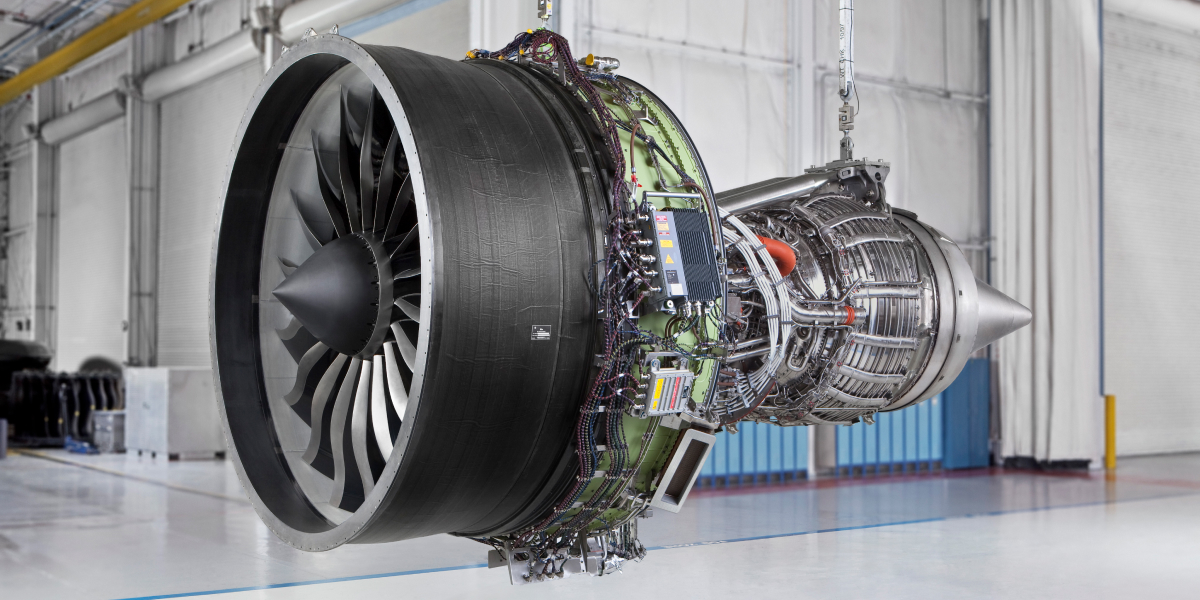
A New Decade, with a New Alliance
The GEnx engine’s footprint in Japan grew further at the start of the 2020s.
On February 25, 2025, ANA selected GEnx-1B engines to power its order for additional Boeing 787 Dreamliners, building on its initial selection of the engine in 2020.
ANA has an extensive fleet of GE Aerospace– and CFM International–powered aircraft. In addition to the GEnx, ANA operates the GE90 and CF6 engines and CFM’s CFM56 and LEAP-1A engines.* The airline has also ordered GE9X engines to power its Boeing 777X planes, as well as LEAP-1B engines to power its Boeing 737 MAX fleet.
Improved efficiency and sustainability were cited as key drivers of ANA’s decision to select the GEnx engine. On this front, the GEnx-1B engine provides four times better time on wing than the competing engine on the Boeing 787. Like all GE Aerospace engines, the GEnx can operate on approved sustainable aviation fuel blends. With reduced weight, enhanced performance, and decreased maintenance requirements, the GEnx engine has become a leader in long-distance flights.
“We are pleased to build on our long-standing relationship with GE Aerospace as we continue to grow our fleet,” said Ryosei Nomura, vice president of procurement at ANA Holdings Inc. “The advanced design and great innovation behind the GEnx give us the confidence that these engines will continue their outstanding performance and contribute to our growth.”
A Growing Legacy
As the GEnx engine family surpasses 68 million flight hours globally, the contribution from Japan — now exceeding five million hours — stands as a testament to more than just time in the sky. It reflects the strength of long-standing partnerships and the shared confidence in performance, reliability, and service.
It’s also a strong sign of what’s ahead.
With recent GEnx selections by JAL and ANA for their new Boeing 787 Dreamliner orders, the GEnx footprint in Japan is set to expand even further. Together, we look upward and forward — toward the next five million flight hours and beyond.
* CFM International is a 50-50 joint company between GE Aerospace and Safran Aircraft Engines

